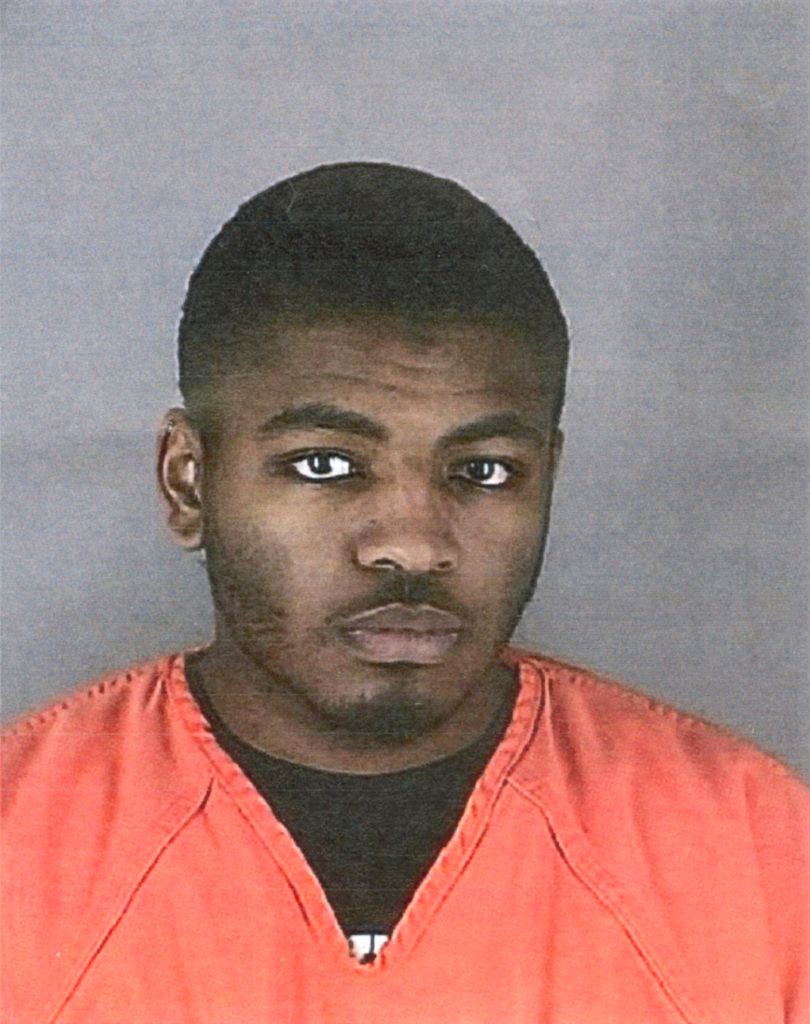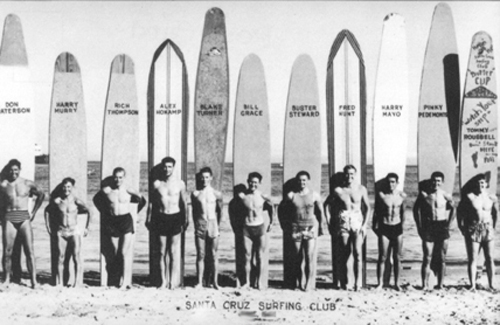
‘Good luck getting a job!’
Just one of the many statements of frustration to come out of the mouth of parents across the world after learning of their child’s new tattoo. Nonetheless, despite the stigmatization, the number of people with tattoos in America and the rest of the world has and continues to increase year after year. Some tattoos are incredibly beautiful, some pay homage to lost loved ones, and others are nothing short of artistic masterpieces, so where did the stigma come from?
Well, tattoos, in the modern sense, have long been associated with those who rebel against societal norms, but they also have a history that connects them with those who have a history of violence. In the United States, gang tattoos are common in prison, most of which signify that you were able to commit some crime or act of violence to get the tattoo. The notorious teardrop under the eye signifies how many people the individual has killed, but besides being quite intimidating, it is hardly a work of art.
The same cannot be said of the tattoos donned by the Yakuza, the famous transnational Japanese crime organization. The Yakuza ranking members wear incredible tattoo works that often cover the majority of their bodies which are quite detailed and very colorful. The original founding members were tattooed by authorities in an effort to make them stand out and make it more difficult for them to reenter society upon release, but the Yakuza embraced this, tattooing themselves with symbols of wealth and prosperity in Japanese culture. Some of the most beautiful tattoos in the world are worn by some of the most ruthless criminals.
On the Malaysian island of Borneo, tattoos have a dark history associated with tribal conflicts and killing. In war between tribes, if you took the head of a member of the opposing tribe, you were then giving the headhunter tattoo. The headhunter tattoo is an intricate design that a skilled member of the tribe would tap into the hand of the person using a nail at the end of a stick and black ink; the process was quite painful and took hours to complete. Tribal tattoos are still very common in parts of Borneo, even still being done the old fashion way, but most artists refuse to replicate the headhunter tattoo.
Times are changing, but the stigma that comes with the art form that is tattoos comes from their centuries of being associated with violence and crime.








I think there is still a stigma associated with tattoos, but it isn’t as strong as it once was. I really believe that tattoos have deeper, often even deeply personal, connotations. Today’s society demonstrates that tattoos are not always associated with gangs. Many people use tattoos as a form of self-expression, to tell a story, or just as a way to exhibit their creativity.
I believe that the stigma surrounding tattoos is still there, but not looked down upon as much as it used to. Personally, I believe tattoos have meanings behind them, sometimes even deep personal stories. Tattoos do not always have to be attributed to gangs and is what we see in today’s society. Many people use tattoos as a form of expression, in order to tell a story or simply as a creative outlet. I have one tattoo myself, which represents my siblings and I. The reason I decided to get such tattoo was to remind myself that family is important and not lose sight of those who I care about the most. I do also have two stick and poke tattoos which one of my buddies gave me, but these do not have a story behind them. They were simply things I like, that I wanted to express via the artwork of a tattoo because of how deeply attached I am. It is my way of expressing my interests and will continue to do so.